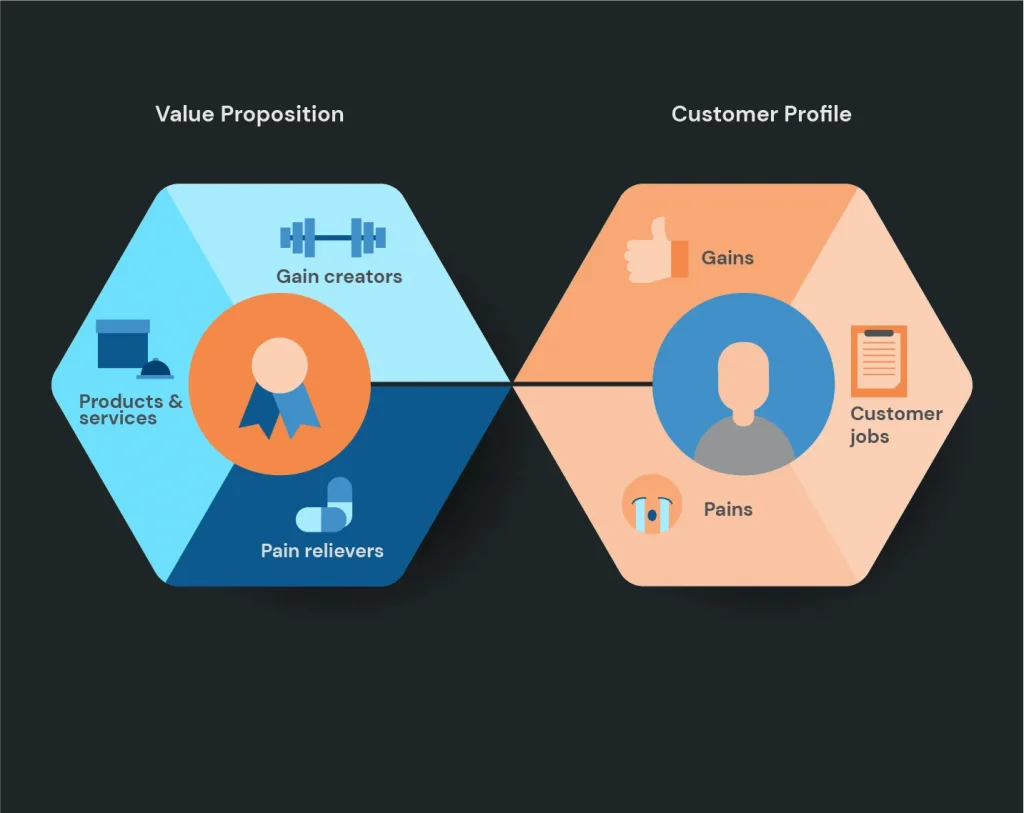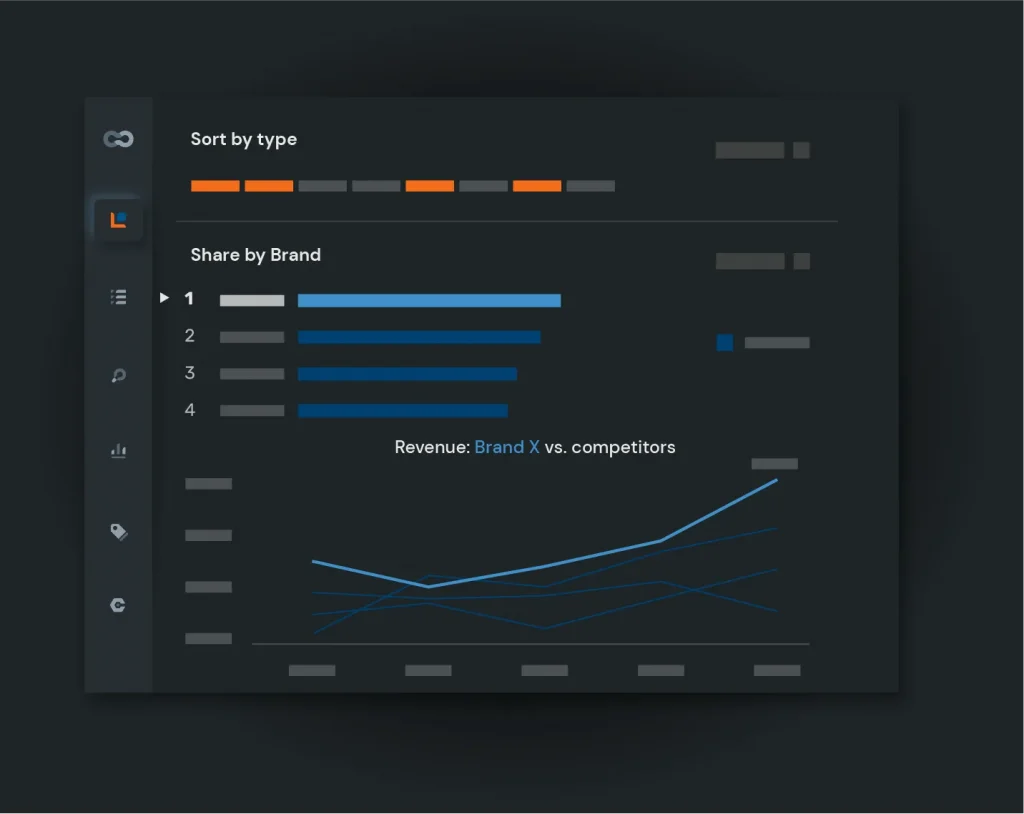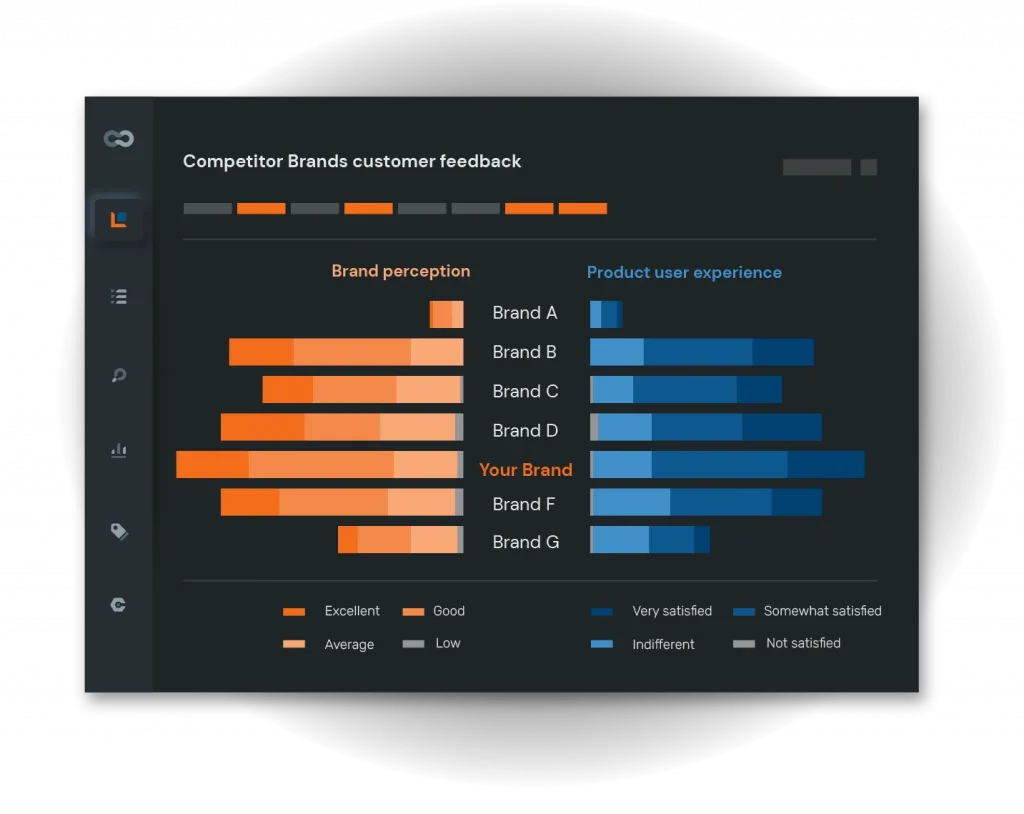

Conjoint analysis is a powerful tool that helps businesses refine their China pricing strategy by breaking down a product into its core attributes and understanding what Chinese consumers value most. Whether it’s features, packaging size, or price point, this method enables brands to make data-driven decisions about which product attributes to prioritize during the R&D and innovation phase. For companies entering the Chinese market or optimizing their existing offerings, understanding what customers are willing to pay for is essential to long-term success.

Incorporating conjoint analysis allows you to develop a precise China pricing strategy by providing clear insights into what drives consumer decisions. It identifies which features resonate with your target audience and how much they are willing to pay for each attribute. Additionally, price setting can be further refined through A/B testing as part of your overall marketing-mix optimization, along with other elements like hero product selection, USP, slogan, and packaging design. This holistic approach ensures that all components of your product offering are optimized to meet the needs of your target audience in China.
We successfully applied this methodology with Nestlé, using conjoint analysis to determine the ideal size of their new health product, whether it should target families or single households. This combination of pricing strategy and feature selection helped align their offering with market demands.

Developing the perfect pricing strategy in China goes beyond setting prices—it’s about understanding consumer preferences and the competitive landscape. Conjoint analysis allows brands to simulate various combinations of product attributes and pricing to identify what matters most to Chinese consumers. By using customer feedback and testing various configurations, you can create a product that not only meets consumer needs but also finds the ideal price that consumers are willing to pay, ensuring optimal positioning in the China market.

Once you’ve developed your product features and China pricing strategy, the next step is to test your concept. Using Chaoly’s store within the Alibaba ecosystem, you can run a shop test to gather real-time feedback from Chinese consumers. Testing on a smaller scale before full production ensures that your pricing and product attributes are aligned with consumer expectations, providing invaluable insights for refining your final market offering. For instance, when working with Philips, we tested a lean version (MVP) of their product in our Chaoly store to validate the concept and adjust based on consumer feedback before scaling.

